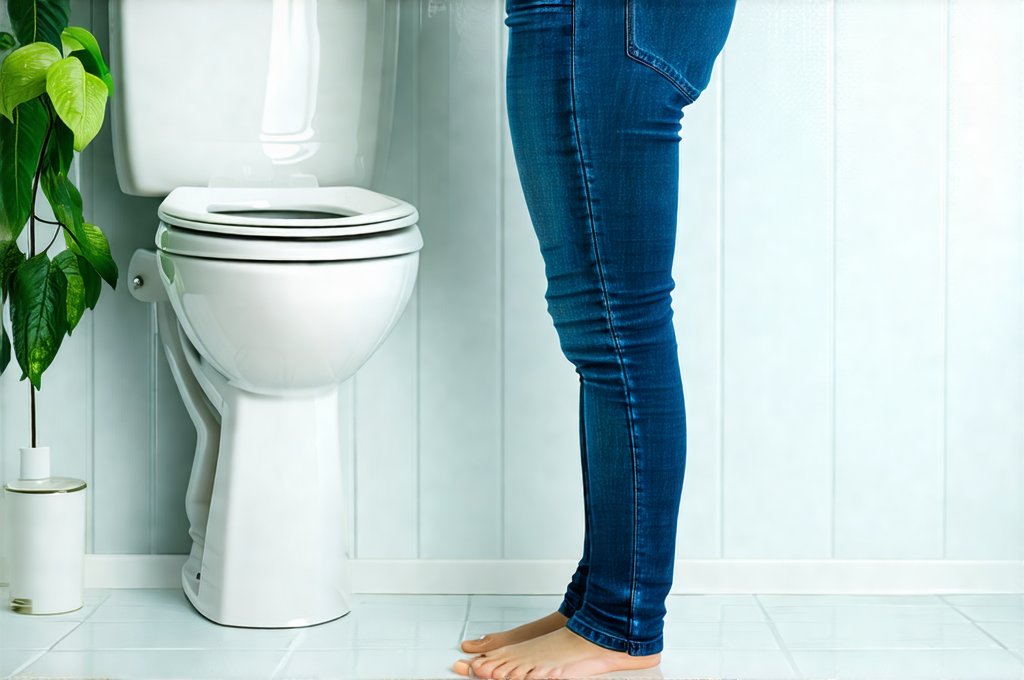Frequent urination, often referred to as polyuria, is a common experience many people encounter at some point in their lives. It can range from a mild annoyance to a disruptive symptom that significantly impacts daily routines. While it’s easy to jump to conclusions and immediately assume something is seriously wrong, the reality is that frequent peeing isn’t always a sign of underlying disease. Many factors can contribute to increased urination frequency, including simple lifestyle choices like fluid intake, dietary habits, and even stress levels. Understanding these nuances is crucial for differentiating between normal physiological responses and potential medical concerns requiring attention.
However, dismissing persistent or sudden changes in urinary frequency without investigation can also be problematic. Polyuria can indeed be a symptom of several underlying health conditions, ranging from relatively benign issues like urinary tract infections to more serious problems such as diabetes, kidney disease, or neurological disorders. Recognizing the accompanying symptoms and paying attention to patterns in urination is essential for determining when seeking medical evaluation is necessary. This article will explore the various reasons behind frequent peeing, helping you understand what might be causing your experience and when it’s time to consult a healthcare professional.
Common Causes of Frequent Urination
There’s a wide spectrum of reasons why someone might find themselves needing to visit the bathroom more often than usual. One major contributor is simply how much fluid we consume, particularly certain types of beverages. Caffeine and alcohol are both diuretics, meaning they encourage the kidneys to produce more urine. Similarly, drinking large quantities of any liquid – even water – can naturally lead to increased urination. Beyond beverage choices, dietary factors play a role too; foods with high water content (like watermelon or cucumbers) contribute to overall fluid intake. Lifestyle habits, such as consistently consuming salty snacks, also increase the need for fluids and subsequent urination.
Another frequent cause is related to bladder function itself. An overactive bladder (OAB) is a condition where the bladder muscles contract involuntarily, creating a sudden urge to urinate even when the bladder isn’t full. This can be particularly bothersome, leading to urgency and frequency. Pregnancy also significantly impacts urinary habits; hormonal changes and the growing uterus put pressure on the bladder, resulting in increased urination, especially during the first and third trimesters. Finally, certain medications, like diuretics prescribed for high blood pressure or heart failure, intentionally increase urine production as part of their therapeutic effect.
When Frequent Peeing Signals a Medical Concern
While lifestyle factors often explain increased urinary frequency, sometimes it’s a signal that something deeper is going on within the body. Diabetes, both type 1 and type 2, are significant causes of polyuria. High blood sugar levels overwhelm the kidneys’ ability to reabsorb glucose, leading to excess glucose being excreted in the urine, drawing more water with it. This results in increased urine production and often intense thirst. Similarly, kidney disease can impair the kidneys’ concentrating ability, making them less efficient at retaining fluids – again, resulting in polyuria. If you suspect kidney issues are contributing to your frequent urination, seek medical advice immediately.
Neurological conditions can also impact bladder control and urinary frequency. Stroke, multiple sclerosis, or Parkinson’s disease can disrupt nerve signals between the brain and bladder, leading to an overactive bladder or difficulty emptying the bladder completely. Urinary tract infections (UTIs) are another common cause, particularly in women. UTIs irritate the bladder lining, causing frequent, urgent urination, often accompanied by a burning sensation during urination. Less commonly, certain cancers – such as prostate cancer in men or bladder cancer – can also contribute to changes in urinary habits.
Recognizing Accompanying Symptoms
The key to differentiating between harmless and concerning causes of frequent peeing lies in paying attention to accompanying symptoms. If increased urination is accompanied by excessive thirst, unexplained weight loss, blurred vision, and fatigue, diabetes should be considered as a possible cause. A burning sensation during urination, cloudy urine, or lower back pain often points towards a urinary tract infection. Incontinence – the involuntary leakage of urine – can indicate an overactive bladder or underlying neurological issue.
- Blood in the urine (hematuria) always warrants immediate medical attention, as it could signal a UTI, kidney stones, or even cancer.
- Difficulty urinating or feeling like you haven’t emptied your bladder completely may suggest prostate issues (in men) or nerve damage.
- Painful urination (dysuria) is typically associated with UTIs but can also indicate other inflammatory conditions.
If you experience any of these accompanying symptoms alongside frequent urination, it’s crucial to consult a healthcare professional for proper evaluation and diagnosis. If you are concerned about pain after peeing, seek medical attention immediately.
Diagnostic Tests and Evaluation
A doctor will likely begin by taking a detailed medical history and performing a physical examination. This includes questions about your fluid intake, diet, medications, existing health conditions, and the specifics of your urinary symptoms – when they started, how often you urinate, whether there’s urgency or incontinence involved, etc. Several diagnostic tests may be ordered to help pinpoint the cause:
- Urinalysis: This test examines a urine sample for signs of infection, blood, glucose, protein, and other abnormalities.
- Urine Culture: If a UTI is suspected, a urine culture can identify the specific bacteria causing the infection and guide antibiotic treatment.
- Blood Tests: Blood tests can assess kidney function, blood sugar levels (to check for diabetes), and electrolyte balance.
- Postvoid Residual (PVR) Measurement: This test measures the amount of urine remaining in the bladder after urination, helping to identify issues with complete emptying.
- Urodynamic Testing: In some cases, more specialized tests like urodynamics may be used to evaluate bladder function and nerve control.
Prevention Strategies and When to See a Doctor
For those experiencing frequent urination due to lifestyle factors, several preventative measures can help manage the issue:
- Limit caffeine and alcohol intake.
- Stay hydrated but avoid excessive fluid consumption.
- Avoid salty snacks.
- Practice pelvic floor exercises (Kegels) to strengthen bladder control.
- Empty your bladder completely when you urinate.
However, it’s vital to see a doctor if: – Frequent urination is sudden or significantly different from your usual pattern. – You experience accompanying symptoms like fever, pain, blood in the urine, or difficulty urinating. – Your urinary frequency interferes with your daily activities or sleep. – You have underlying health conditions like diabetes or kidney disease. Don’t self-diagnose. A healthcare professional can provide an accurate diagnosis and recommend appropriate treatment options based on your individual circumstances. Ignoring persistent or concerning symptoms could delay necessary medical intervention and potentially lead to more serious complications. If you are a woman experiencing frequent peeing, consider if it’s always a problem for women and consult with a doctor.





















